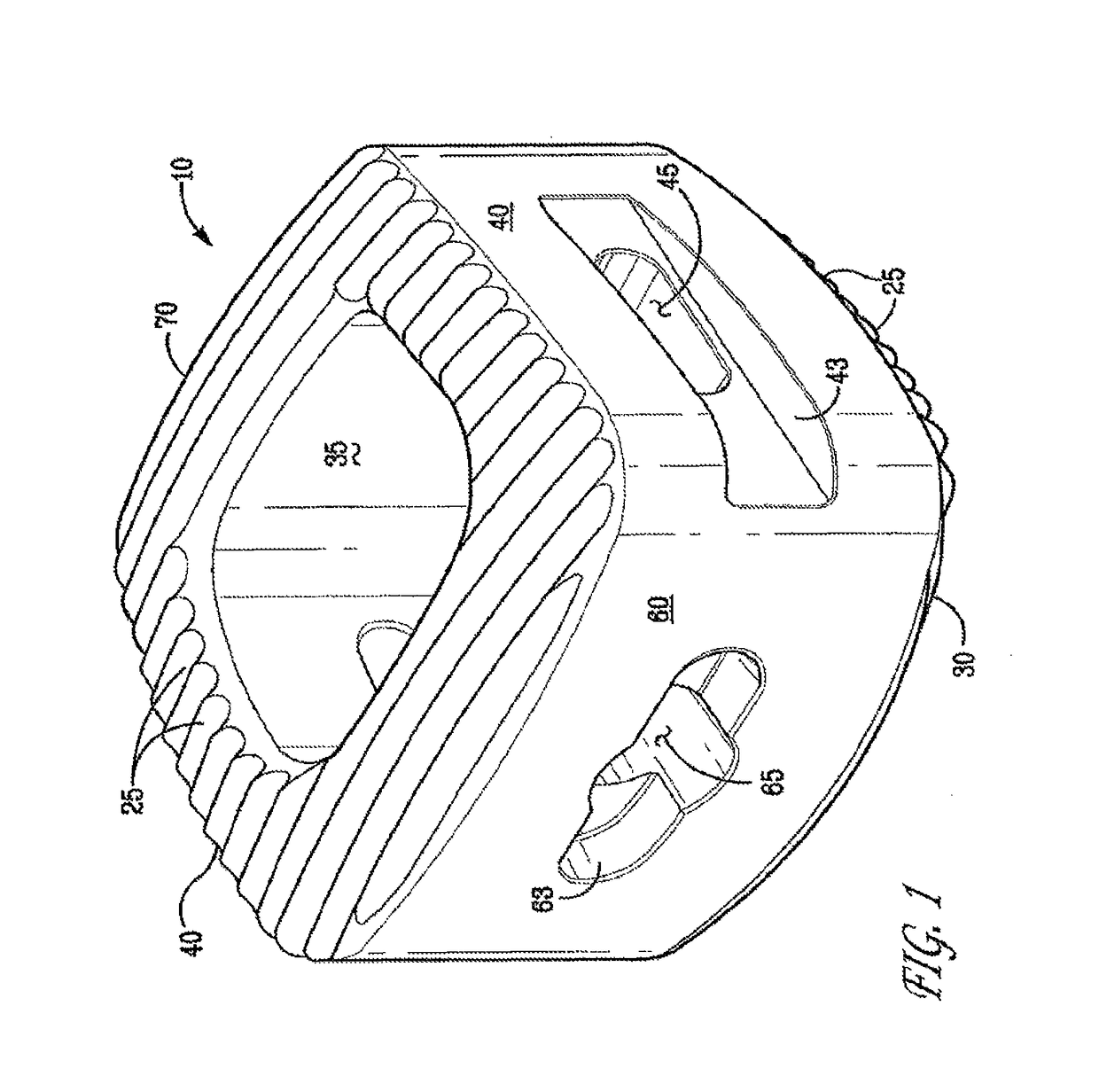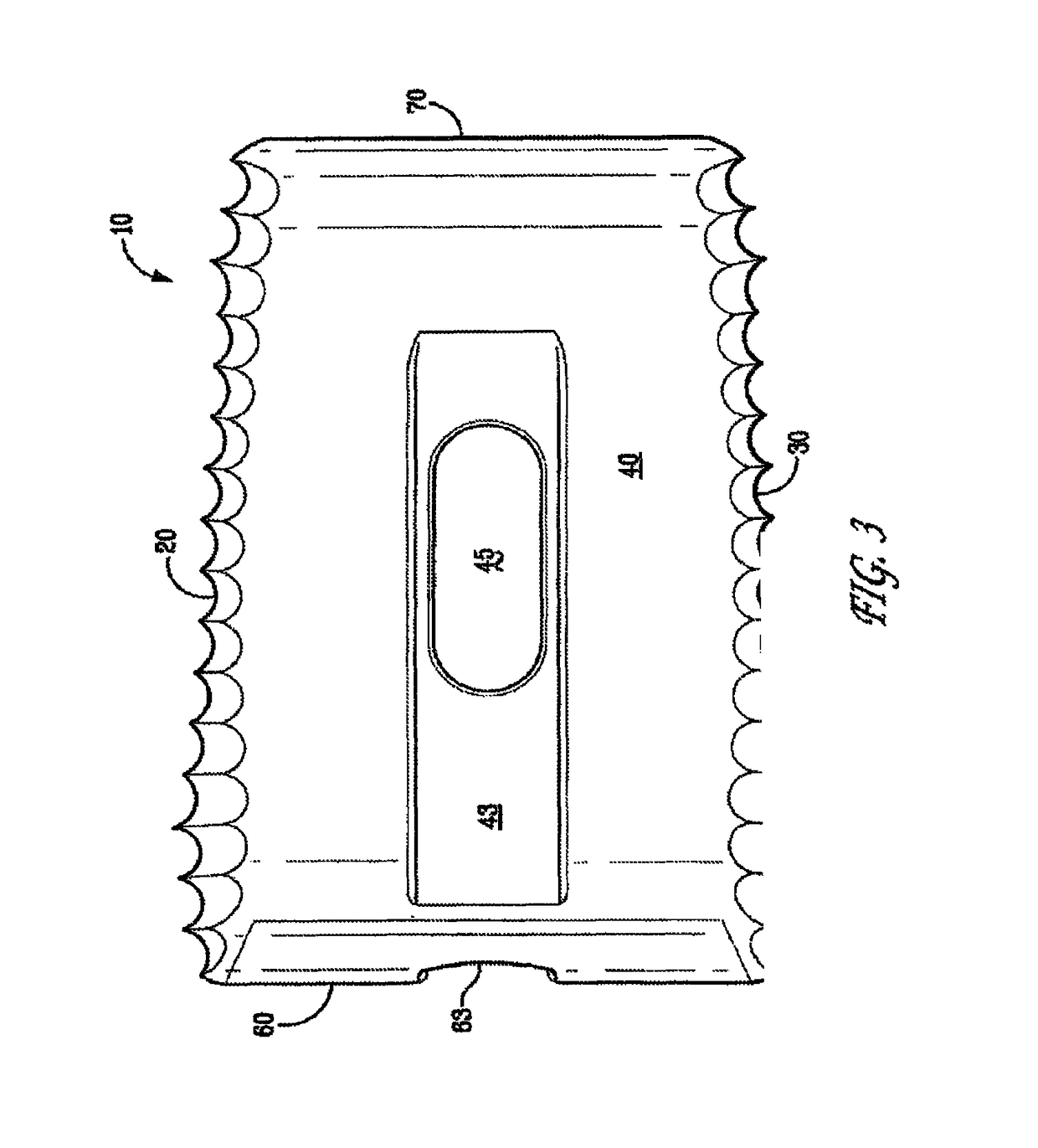Bioactive composites of polymer and glass and method for making same
a bioactive composite and glass technology, applied in the field of spine, orthopaedics and dentistry, can solve the problems of conventional processes bioactive, osteoproductive, osteoconductive materials, etc., and achieves the effects of not providing a material or a method, avoiding the formation of a material, and not revealing a method
- Summary
- Abstract
- Description
- Claims
- Application Information
AI Technical Summary
Benefits of technology
Problems solved by technology
Method used
Image
Examples
examples
[0222]Additional objects, advantages, and novel features of this invention will become apparent to those skilled in the art upon examination of the following examples of the invention. The examples are included to more clearly demonstrate the overall nature of the invention. The examples are exemplary, not restrictive, of the invention.
[0223]Bioactivity
[0224]Samples were mixed in a solid state, without the addition of a solvent. The materials were dry mixed thoroughly by tumbling on rollers for about two hours until a homogeneous mixture was observed. The mixed composite was added to a barrel and plunger extruder set to an adequate temperature to melt the polymer. The barrel and plunger extruder was used to fill a pre-heated disc mold. The molded sample was removed and a hole-saw was used to core out a smaller circular-disc sample. This sample was then milled on the top and bottom to further expose the bioactive glass.
[0225]Molded samples were made from various composites of PEEK an...
PUM
| Property | Measurement | Unit |
|---|---|---|
| molecular weight | aaaaa | aaaaa |
| particle size | aaaaa | aaaaa |
| particle size | aaaaa | aaaaa |
Abstract
Description
Claims
Application Information
 Login to View More
Login to View More - R&D
- Intellectual Property
- Life Sciences
- Materials
- Tech Scout
- Unparalleled Data Quality
- Higher Quality Content
- 60% Fewer Hallucinations
Browse by: Latest US Patents, China's latest patents, Technical Efficacy Thesaurus, Application Domain, Technology Topic, Popular Technical Reports.
© 2025 PatSnap. All rights reserved.Legal|Privacy policy|Modern Slavery Act Transparency Statement|Sitemap|About US| Contact US: help@patsnap.com



